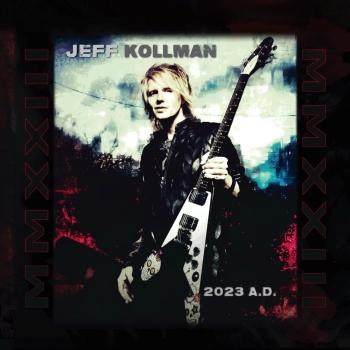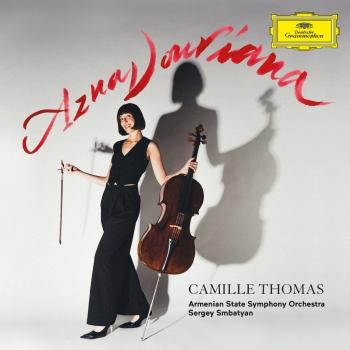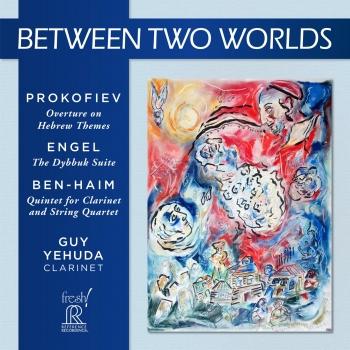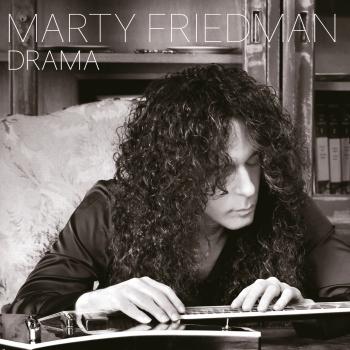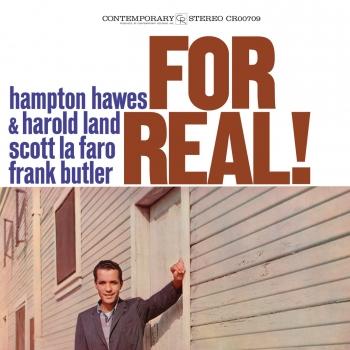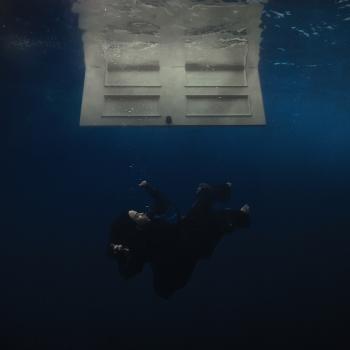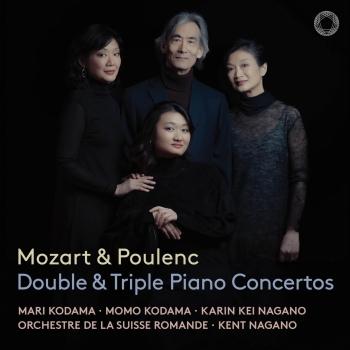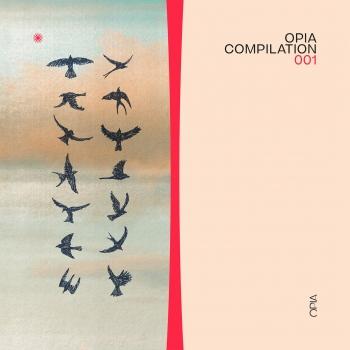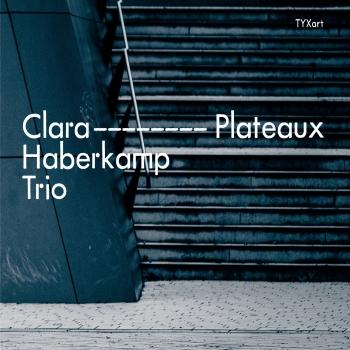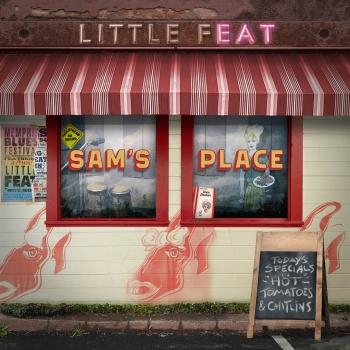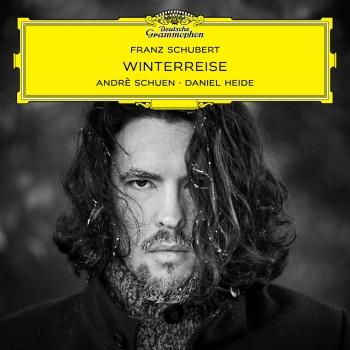
Igor Stravinsky (The Ride of Sping & Petrushka) Piano Duo Silver-Garburg
Album info
Album-Release:
2015
HRA-Release:
16.06.2015
Label: Berlin Classics
Genre: Classical
Subgenre: Instrumental
Artist: Piano Duo Silver-Garburg
Composer: Igor Stravinsky (1882-1971)
Album including Album cover Booklet (PDF)
- Igor Stravinsky (1882 - 1971): The Ride of Spring, Part I The Adoration of the Earth:
- 1Introduction03:39
- 2Augurs of Spring. Dance of the Young Girls03:03
- 3Ritual of Abduction01:20
- 4Spring Rounds04:05
- 5Ritual of the Rival Tribes01:50
- 6Procession of the Sage00:39
- 7The Adoration of the Earth00:26
- 8Dance of the Earth01:14
- The Ride of Spring, Part II The Sacrifice:
- 9Introduction05:21
- 10Mystic Rounds of the Young Girls02:54
- 11Glorification of the Chosen One01:30
- 12Evocation of the Ancestors00:56
- 13Ritual Ceremony of the Ancestors03:51
- 14Sacrificial Dance04:43
- Petrushka, Part I:
- 15The Shrovetide Fair05:24
- 16The Magic Trick02:37
- 17Russian Dance02:58
- Petrushka, Part II:
- 18Petrushka's Room05:05
- Petrushka, Part III:
- 19The Moor's Room02:53
- 20Dance of the Ballerina04:08
- Petrushka, Part IV:
- 21The Shrovetide Fair. Evening01:00
- 22The Wet-Nurse's Dance02:25
- 23The Bear and the Peasant01:36
- 24The Jovial Merchant with Two Gipsy Girls00:53
- 25Dance of the Coachmen and the Grooms01:51
- 26The Mummers01:32
Info for Igor Stravinsky (The Ride of Sping & Petrushka)
Sivan Silver and her partner Gil Garburg set new standards in the high art, often too little appreciated, of the duo on one or two pianos: acclaimed by audiences and critics alike, they are the constantly returning guests of top orchestras, festivals and concert organizers. Press reviews acclaim the Israeli artists for their consummate technical mastery, highly versatile and nuanced playing and exceptional sensitivity. Silver and Garburg capture the playful character of the piano writing, the interplay of impulse and intensity. Nor is this superficial showmanship or mechanical interaction; rather it is an organic and natural blending of the voices and a profound understanding of the work that determines the performance of the two exponents.
With their new recording of two highly virtuosic works by Igor Stravinsky, "Le sacre du printemps" and "Petrushka", the two artists have met a formidable challenge. Stravinsky, who arranged this ballet music both for orchestra and for four hands, makes great demands of his pianists. In particular, their interpretation must always stand comparison with the orchestral version. Nor is that all. Stravinsky's works make the utmost demands of the instrument and of the artist: rich in contrast and colour, rhythmically vivid and complex, his music demands power and highly nuanced playing concentrated into a small area. This is a task that the pianist pair tackle with remarkable mastery. They unlock from the piano the timbres of an orchestra and the rhythms of a percussion kit and do it in a way that creates the impression only one person is playing. Silver-Garburg were well on the way to promising solo careers when they paired up first privately and then at the piano. They relish the constant contrast between recitals as a duo and orchestral concerts, between intimate pieces that call upon them as a unity, works conceived as dialogue, and those in which they sit at two pianos and summon up the massed power of a full orchestra.
"It's easy for a piano duo to create effects with sheer virtuosity. But we find that far too little. We want the listeners to be touched by our music to the depths of their heart."
Sivan Silver, piano
Gil Garburg, piano
 Silver-Garburg
Silver-Garburg
In the great and often underappreciated art of piano duo playing, Sivan Silver and her partner Gil Garburg are setting a new standard: acclaimed by audiences and critics alike, the duo has been invited time and time again by top orchestras, festivals, and concert organizers. They have performed in Carnegie Hall, Lincoln Center, the Vienna Musikverein, the Sydney Opera House, and the Berlin Philharmonie; they have concertized in approximately 70 countries on five continents; and they collaborate regularly with such orchestras as the Israel Philharmonic, the St. Petersburg Philharmonic, and the Deutsche Kammerphilharmonie.
Their recording of Mendelssohn’s concertos for two pianos and orchestra, with the Bavarian Chamber Philharmonic under Christopher Hogwood, has been called “breathtaking” (Bayerische Rundfunk), “extremely exciting” (Süddeutsche Zeitung), and “brilliant” (Rondo). The Frankfurter Allgemeinen Zeitung raved about the “lyrical sensitivity and the ravishing technical mastery” of the duo, noting that only rarely does one experience “such spontaneous shouts of ‘bravo’” at the end of a concert. The Independent concluded: “What a wondrous evening!”
The two Israelis, who live in Berlin with their son, can be heard during the 2014-15 season in North America, Latin America, East Asia, Australia, New Zealand, Israel, and in numerous European countries – both with orchestra and in recitals. Upcoming engagements also include tours with the Munich Chamber Orchestra, the Israel Chamber Orchestra, and the Brno Philharmonic across the Czech Republic, Germany, and Austria – in the Vienna Konzerthaus among other notable venues. In addition, spring 2015 will see the release of their most recent recording on the label of their new exclusive partner, Berlin Classics: Stravinsky’s Petrushka and The Rite of Spring for four hands. An additional CD will be dedicated to the last works of Schubert.
In their late thirties, after 17 years of playing together, Sivan Silver and Gil Garburg are establishing themselves as a presence at the top echelon of the music world – which, as a piano duo, is doubly challenging: developing exciting interpretations and rendering them with virtuosity and refinement is not enough. A duo must also have a sense of oneness and of the ever-changing roles of the four hands. Avowed perfectionists Silver and Garburg rehearse for six hours each day, with a particular commitment to the details that are often inaudible on a conscious level – which is to say, the details that make the difference. These include shifting the balance at moments of harmonic change and carrying out minimal variations in tempo; the instinctive understanding between Silver and Garburg is so deep that the two even breathe together. “We express our own emotions and, at the same time, a combined sensibility. We are one, and yet we’re in dialogue with each other – that’s the magic,” says Silver. And Garburg adds: “The more we work together, the more we grow together and the freer we become. Like a conductor realizes his or her vision with an orchestra, we can realize all that we envision with four hands.”
The literature for piano duo is far richer and more significant than is revealed by the typical concert fare. Silver and Garburg, in addition to performing the standard repertoire, constantly and enthusiastically discover new works for themselves. With orchestras, they perform everything from Bach, Mozart, Mendelssohn, and Bruch to Poulenc, Martinu, Bartók, and contemporary composers. They present an astounding number of original compositions for two pianos and piano four hands, as well as arrangements by the composers themselves – for example, Schubert, Schumann, Liszt, and Dvořák. Brahms alone penned dozens of pieces for piano four hands, among them the original versions of almost all of his quartets and quintets and many orchestral works!
In 2014, the Graz University for the Arts unanimously chose the Silver-Garburg Duo (over numerous well-known competitors) to occupy one of the few extant professorships for piano duo. Previously, they taught at the Hannover Conservatory, the elite German piano school at which they themselves completed their studies in 2007 under Arie Vardi.
Sivan Silver and Gil Garburg are invigorated by the need to constantly adapt to the demands of duo recitals and orchestral engagements, moving between intimate pieces that require unity, dialogic works, and those in which they evoke the grand power of an entire orchestra at the two pianos. “As a piano duo, it’s easy to make effects with virtuosity. But that alone is far too little. We want to move our listeners emotionally.” According to reactions from their audiences, their colleagues, and the press, they’re doing it.

